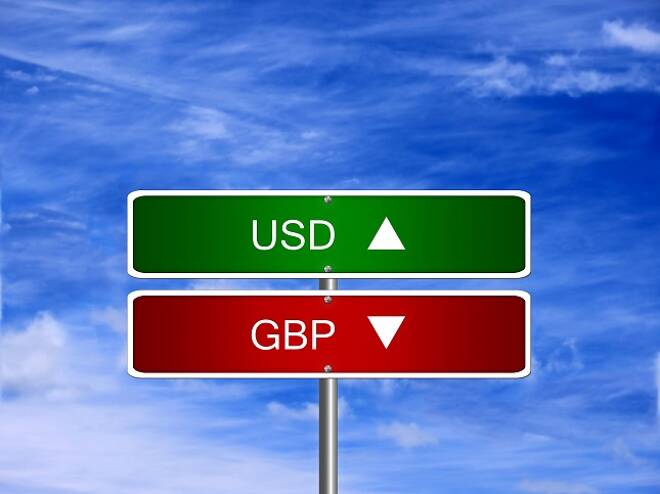Advertisement
Advertisement
The British pound forms supportive candle over the past week
Updated: Apr 7, 2018, 06:37 UTC
The British pound broke down a bit during the week, slicing through the 1.40 level. However, we found enough support underneath to turn around and form a hammer.
The British pound broke down below the 1.40 level during the week but turned around to form a hammer. The hammer of course is a bullish sign and I think if we can break above the top of the hammer, we could go looking towards the 1.43 level above. That’s an area that will was once massive resistance, and if we can break above there the British pound could go to the 1.45 level next. The alternate scenario of course is a breakdown below the hammer, which would be a negative sign, but I think there’s plenty of support below to keep this market afloat. Beyond the structural support underneath, the uptrend line on the chart should continue to support this market as well. In other words, I believe that if we pull back is can be a nice buying opportunity as it would represent value in one of the stronger currencies.
There will obviously be some headline concerns when it comes to the negotiations between the European Union and the United Kingdom, but also there will be a bit of a risk appetite question when it comes to this currency pair, as it tends to rise when people are comfortable investing. Remember that the talk of trade wars of course has had people a bit skittish as of late, but I think we could see this market continue the uptrend with the occasional pull back to build up the necessary momentum for what I think is the break out to come. If we were to break down through the uptrend line, I would have to reevaluate everything.
GBP/USD Video 09.04.18
About the Author
Christopher Lewisauthor
Being FXEmpire’s analyst since the early days of the website, Chris has over 20 years of experience across various markets and assets – currencies, indices, and commodities. He is a proprietary trader as well trading institutional accounts.
Did you find this article useful?
Latest news and analysis
Advertisement
